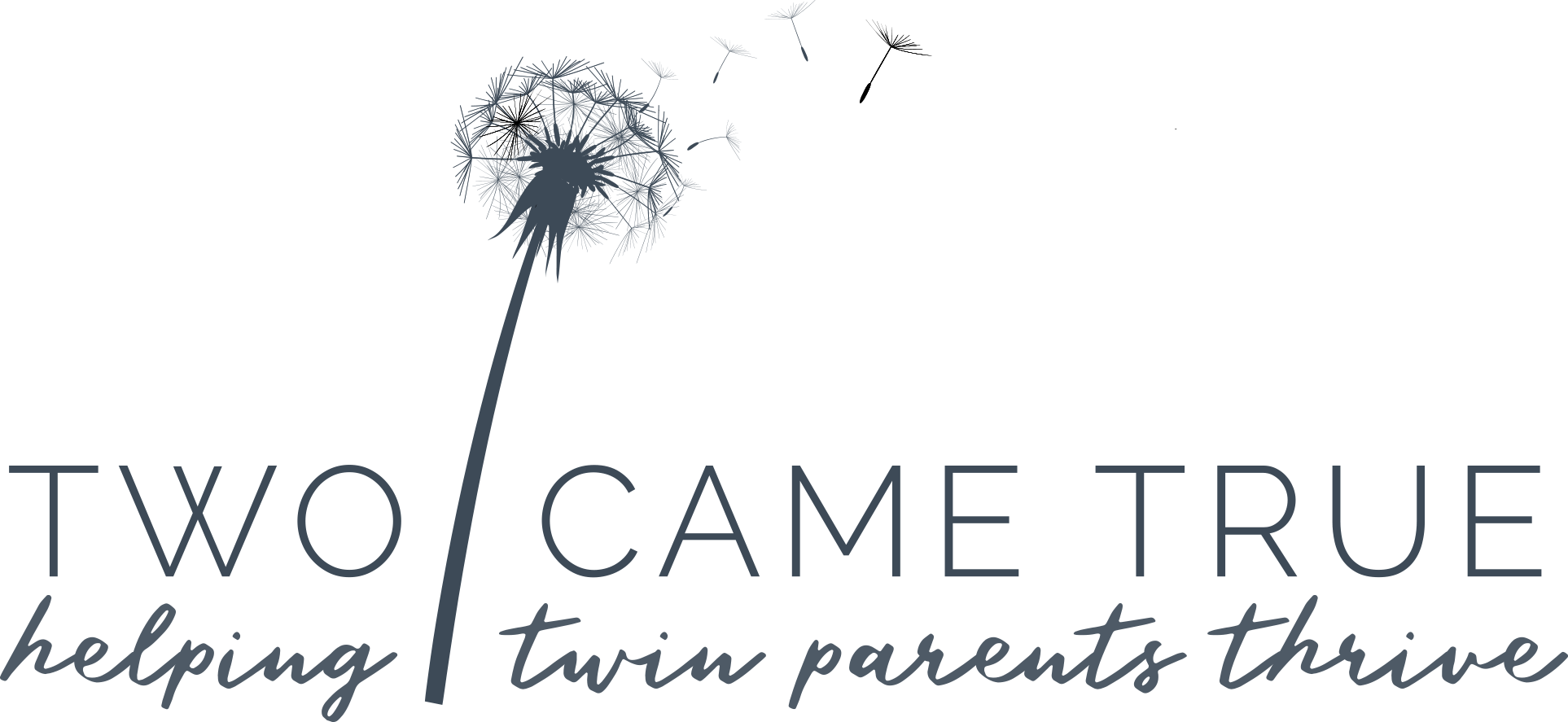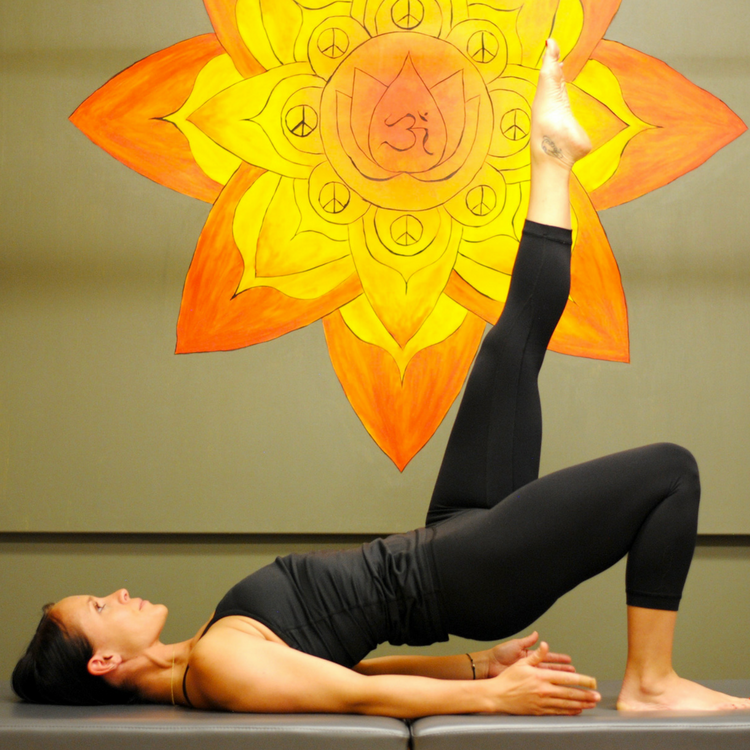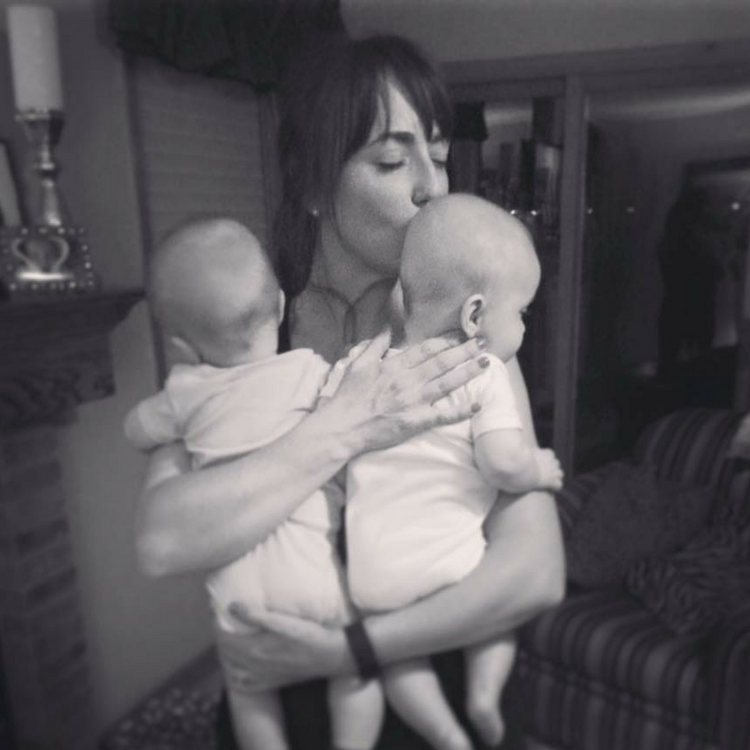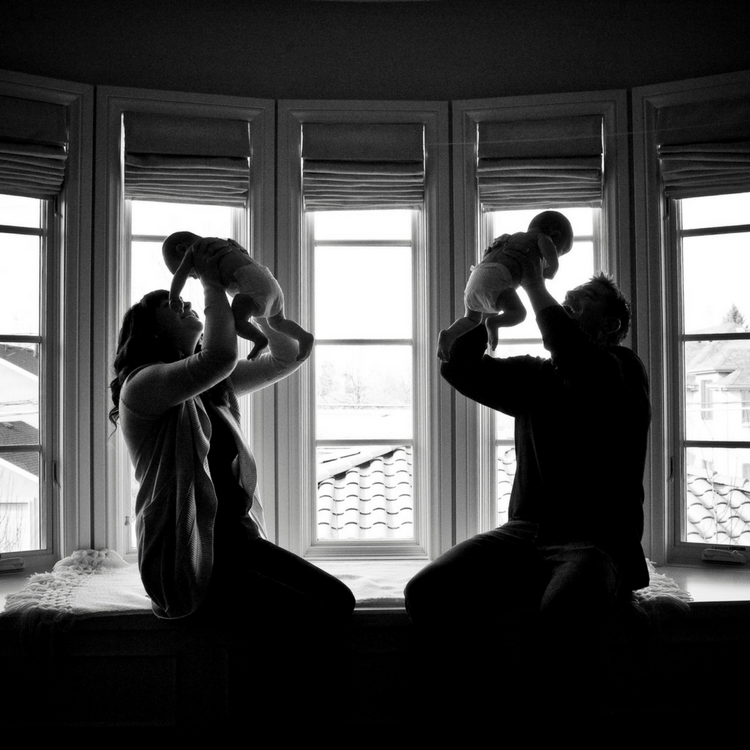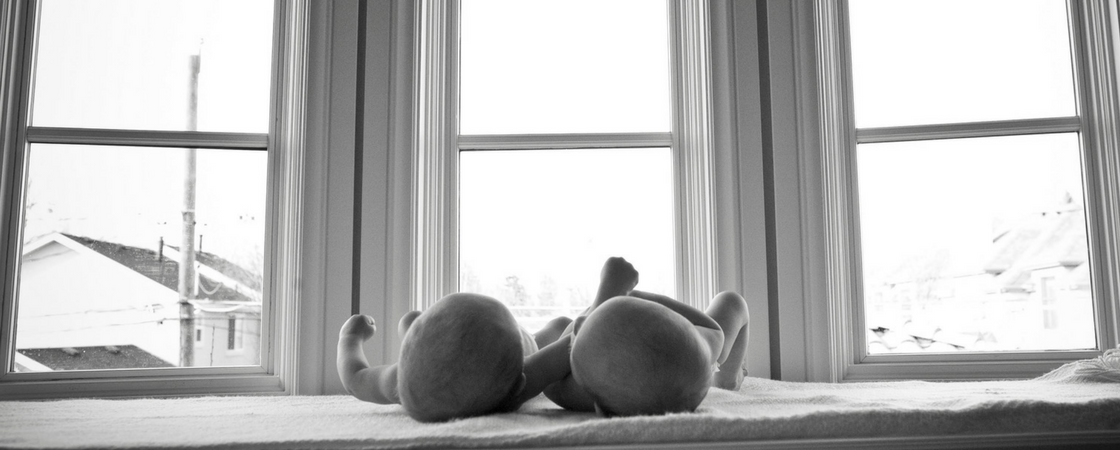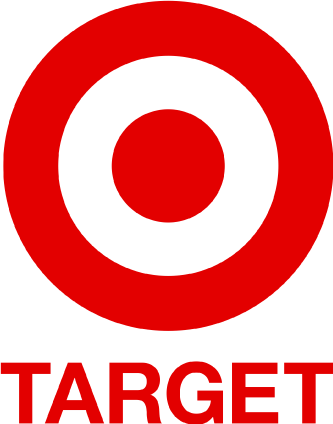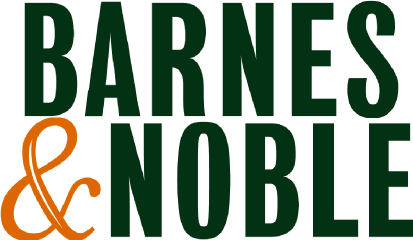 Finding out that you’re pregnant with twins is exciting stuff! Hearing two heartbeats on that first ultrasound might cause you to fall off of the ultrasound table. You probably never thought about how you would get your body back after birth…until it’s time to do something about it.
Finding out that you’re pregnant with twins is exciting stuff! Hearing two heartbeats on that first ultrasound might cause you to fall off of the ultrasound table. You probably never thought about how you would get your body back after birth…until it’s time to do something about it.
There isn’t really any experience on earth that can top the moment you gave birth to your children.
The aftermath of what your body has accomplished is the last thing on your mind while you experience the joys of pregnancy, but it’s no secret that our bodies change drastically from what they were pre-pregnancy.
This is precisely why we are teaming up with a dear friend of ours, Kelly Gulbrandsen (Follow her on Instagram @thefitlife303), a well known trainer in Denver. Kelly has been a trainer for 15 years and a pilates instructor for 9 years. She is NASM PES & PMA-CPT certified.
As twin moms, carrying two babies challenges our bodies, so it would come as no surprise that your stomach takes quite a beating. The abdominal separation that is normal, and expected in pregnancy, can be much more severe for twins moms.
At the end of pregnancy you created, carried and birthed two wonderful miracles. Your body was strong and capable of a miraculous challenge, but the struggles that you face afterwards with your abdominal walls (stretched to the max) are far more than cosmetic.
Abdominal separation happens in every pregnancy at varying degrees to make room for your growing baby (or babies), but in 66% of pregnancies the separation is greater than 2-3 finger widths, which means you have what is called diastasis recti.
You will find that you have a protruding tummy, lovingly referred to a “mommy tummy”, rather noticeable lower back pain and trouble with your pelvic floor.
Evaluating the Degree of Your Abdominal Separation:
Check out this quick video from Dr. Nichelle Gurule DC, Webster Certified, C.S.C.S, Personal Trainer, on evaluating the severity of your abdominal separation and to determine if you think you may have diastisis recti.
Aside from trying to feel confident after birthing twins, trying to get your body back after birth by working to correct any degree of abdominal separation will benefit you in a number of ways.
Immediately following birth, your diet should be focused on collagen boosting foods that promote healing which includes a diet rich in Vitamin C (peppers, tomatoes), Vitamin A (carrots, kale), Zinc, (nuts, beans), lots of Protein, Essential Fatty Acids (oily fish nuts), and Iron (beef, broccoli).
Make sure that you are drinking an ample amount of water each day and LOVING YOUR CORE!
After birth, focus on proper posture, breathe from your diaphragm and stay far away from those high heels mama!
Work to begin reconnecting your core and pelvic floor with gentle core exercises, stretching and general movement. Once you are healed, have been cleared by your doctor and feel ready, begin a regimen that strengthens your core muscles, being sure to AVOID all crunches which only increase pressure on your abdominals.
10 Quick and Simple At-Home Core Exercises To Help You Get your Body Back After Birth:
The beauty of all of these exercises is that you will be healing your abdominal separation without direct “stress” on the abdominal muscles. After having children, we often forget that our deep stabilizers need to be turned back on before you can go back to intense training. These 10 exercises will help heal your body as well as get your body back after birth and feel stronger than before.
As with anything, every BODY is different. Listen to what your body is telling you when getting back to your workouts. If something does not feel right, stop. Give your body the time it needs.
Clams:
These are the best warm up exercises to help you gain awareness of your hips, pelvic stability and core. While laying on your side, be sure your body is stacked: hip over hip, shoulder over shoulder. Keep your feet “kissed” together. Slowly open the leg toward the ceiling, only going the range of motion you can control without tipping back. Resist the weight of the leg when returning it back to the starting position.
Clockwork:
Warm up the pelvis. This exercise wakes up the backside muscles such as the glutes and hamstrings. Learning to move the pelvis with the help of these muscles will save you from a lot of back pain. Laying on your back with your spine starting in a neutral position, take a breath. To begin the movement, pull your pubic bone towards your head, activating your glutes and hamstrings. Only lift the pelvis an inch or 2. Keep them activated as you articulate through your spine back to neutral position. Be aware of your belly, but do not FLEX your abdominals. Your breath is going to help keep you core active during the exercise.
Bridges Double Leg:
Begin this exercise just as you did with clockwork. Again, do not flex the abdominals. Instead of stopping at 2 inches, bridge your hips all the way up towards the ceiling. Keep the pubic bone as the highest point. If you feel discomfort in your lower back, start over. Making sure that you are focusing on the glutes and hamstrings to lift you up. Again, it is key that the pubic bone is your highest point in your lift, not your belly. If your back still hurts, move on from this exercise. While holding your bridge, think about reaching your knees towards the wall in front of you to create length in the spine. Length in the spine is a key component to healing abdominal separation as well as relieving back pain.
Bridges Single Leg:
Follow the same instructions as before to begin this exercise. Once double leg is mastered, without shifting the pelvis, lift one foot off the floor. Start by bringing that leg to a 90 degree angle, then advance the movement by extending it straight up to the ceiling.
Side Planks on Knees:
Stack the body hip over hip, shoulder over shoulder. Lay on your side and feel as if you are “lifting” your obliques (side body muscles). Once you are connected, lift your pelvis off the mat and hold. Try holding for 30 seconds to begin. Keep your shoulder drawn away from your ear. And breathe!
Side Planks with Advanced Modification:
Once the beginner version of the side plank becomes too simple, try lifting the knees for a more advanced, challenging version. Follow the same instructions above only balance on your feet instead of the knee. Be sure to keep a stacked spine. As weird as it sounds, keep your glutes and hamstrings activated during these exercises as well. This is why it is always smart to start with bridges before advancing to planks. Make sure the lower spine is supported, which in turn, strengthens the separated abdominals.
Single Leg Dead Lifts:
Start in a standing position holding bar, foam roller or the back of a chair. Be sure your hips remain squared to the floor during the entire exercise. Lift your left foot off the floor and slowly begin to reach towards the floor with the right hand. Only go as far as you can to where your spine doesn’t round. Keep a flat back. On the way up from the exercise, contract the glutes and hamstrings by driving into the heel of the foot back towards the floor. If you’re tight in the hamstrings, a soft bend in the knee is just fine.
Body Weight Squats:
Stand tall. Feet hip width apart. Keep your feet facing forward. Traditionally squats are taught with a slight turn out in your feet. Being that the lower back is very sensitive post-partum, a turned out position will just cause stress on the SI Joint. This should be avoided. Take an exhale to connect the core muscles. Slowly begin to squat down, keeping the booty reaching back with a very slight curve in the lower spine. Do not let the knees go in front of the toes. Keep your weight on the heels. I personally am a believer of going a little below 90 degrees with your squat to avoid pressure on the knee. But, as always, listen to your body. Your range of motion may be different due to flexibility, so only go as far as your body wants to.
Wall Sit:
The same rules of the body weight squat are applied to the wall sit. Slowly slide down the wall to a 90 degree squat. There is no pressure on the knees here because of the wall assist. Keep your weight in the heels and do not tuck your pelvis. I always stick my booty into the wall a tiny bit to keep my spine in neutral position. Finding your neutral spine is going to be a life saver for healing your body and relieving any residual back pain. It can be different for everyone so if you are having trouble finding this, find a professional to help you. Your belly should be active, but not overly flexed. As long as your spine isn’t severely arched, your belly is working.
Child’s Pose:
Every BODY needs this one. This is the final, yummy “thank you” to your body. Reach the hands forward on the mat, have your tailbone remain heavy. Breathe 10 cycles of inhales and exhales. Take a moment to reflect on how amazing your body is and show it the LOVE it deserves.
Learning to love our post baby bodies is a work in progress for every woman. Your body goes through significant changes to bring little humans into this world, which is amazing in itself.
The best part about these exercises is that they are simple, easy to do at home and have a significant impact on rebuilding a strong core! We promise mamas, it’s never too late!
